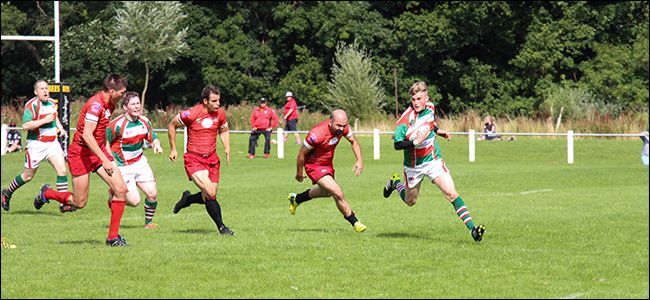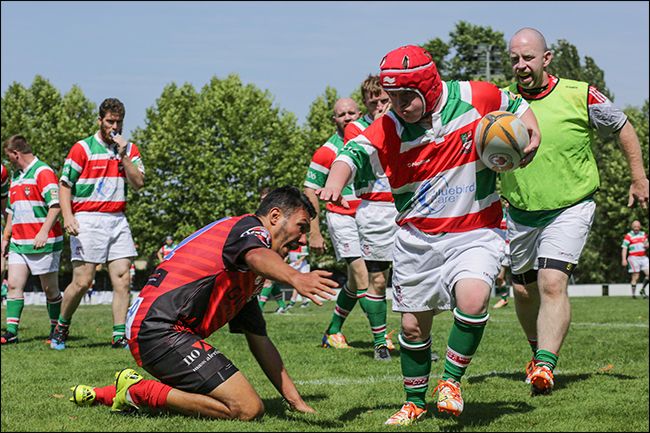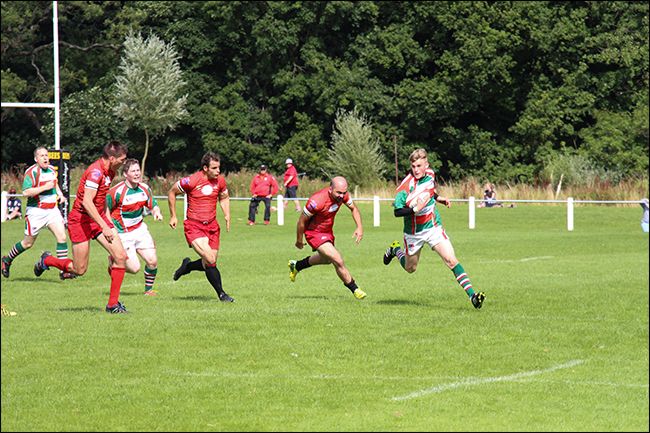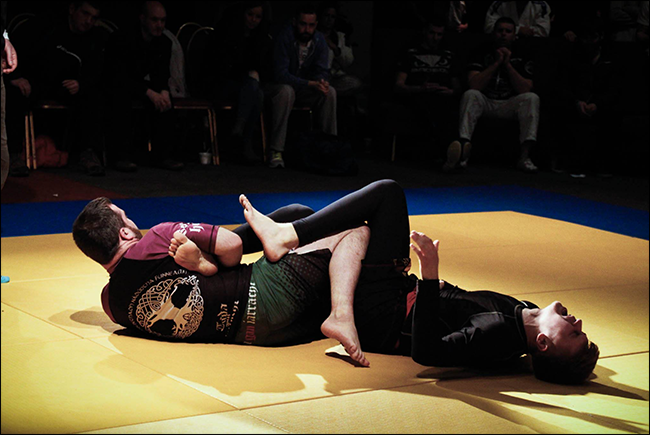Quick Links
A lot of people buy DSLRs and other cameras because they want to take good sports photographs; it’s one of the areas where your smartphone just can’t cut it. Here are the camera settings that will generally give you the best results.
The Gear You Need for Sports Photos
The biggest challenge with sports photography is distance: for most sports, you’re stuck on the sidelines while the action’s happening up to a few hundred feet away from you. Unless you want to sprint up and down the pitch, a telephoto zoom lens is the best tool for getting good shots.
For crop sensor cameras, a lens with a focal length longer than around 70mm should work quite well for most sports. I’ve shot a lot of sports photos with a Canon 18-135mm. For specific lens recommendations, check out our guides to the best lenses for your Canon or Nikon camera.
Now, with that said, it’s possible to take sports photos without a telephoto lens; you just have to be a lot more deliberate with your staging, and you will miss more shots.
Shutter Speed for Sports Photos
For sports photography, shutter speed is normally the most important setting. It’s what will freeze the action. What shutter speed you use depends on the sport you’re shooting.
Shutter speeds faster than 1/1000th of a second will freeze pretty much anything, even fast-moving cars. For most sports, however, you won’t need to go this fast.
Shutter speeds between 1/500th of a second and 1/1000th of a second will freeze any moving human, though fast moving balls—like tennis or baseballs—may show a little motion blur.
Shutter speeds between 1/100th of a second and 1/500th of a second will freeze most human motion. A fast sprinter or someone swinging their arms or legs will probably have some motion blur. There’s also the risk if you’re using a long lens that your shutter speed won’t be fast enough to prevent blur from the camera shaking in your hands.
In general, it’s better to go with a faster shutter speed than you think you need if you’re trying to freeze action. Most of the time, if I’m shooting in daylight, I try to use a shutter speed of at least 1/800th of a second.
The other option is to use a slightly slower shutter speed than it takes to freeze your subject. A bit of motion blur around the edges adds a sense of speed and action.
Aperture for Sports Photos
Since shutter speed is so important for sports photography, aperture takes a bit of a back seat. You need to use an aperture wide enough to give you the shutter speed you want.
This often means shooting with your lens’s maximum aperture: f/4 and f/5.6, two common telephoto lens maximum apertures, both work great for sports photos. If you want more depth of field, you can use something like f/8 or f/11; you just need to watch your shutter speed.
ISO for Sports Photos
Like aperture, for sports photos, your ISO choice is determined by what shutter speed you want to use. Our general advice when it comes to ISO is to use the lowest setting you can get away with and, while this still holds, increasing the ISO is often the only option you’ll have to get a fast shutter speed. You shouldn’t be surprised if you need to push it to 400, 800, or even 1600 to keep your shutter speed faster than 1/1000th of a second.
While shutter speed is normally the most important consideration with sports photography, I still prefer to shoot in aperture priority mode—and recommend you do. Just make sure that your shutter speed stays fast enough and if it starts to drop, open the aperture or increase the ISO.





